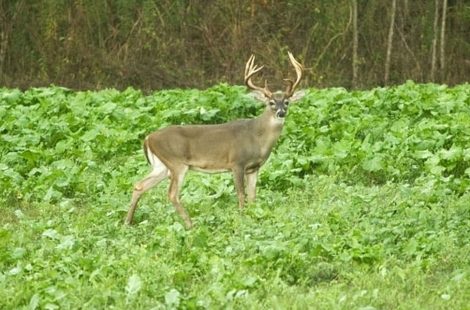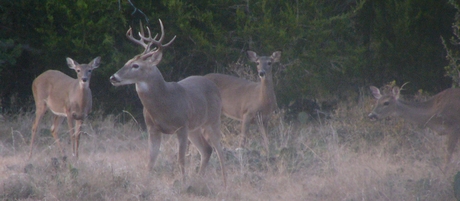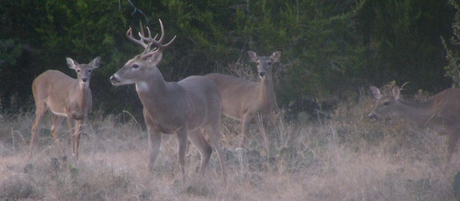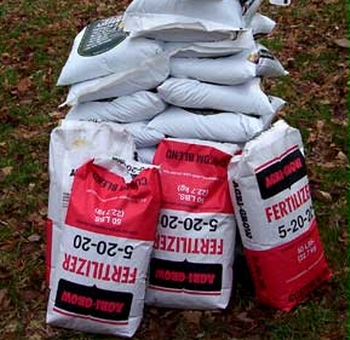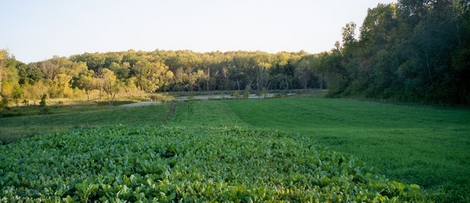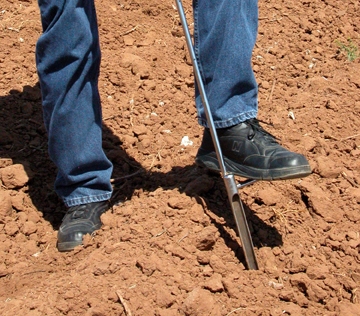Trees that produce mast are very important to white-tailed deer. Arguably, the most well-known mast producing tree species are the oak species. However, mast consists of the fruits and nuts of any woody plant, including vines, brush, and trees. The importance of trees and brush species to deer is often not fully appreciated by deer managers. These species provide high protein browse and energy-rich mast for whitetail. So, what are the best mast producing trees for deer?
Mast Trees for White-tailed Deer
In this article, we will discuss mast-producing trees other than oaks that are very palatable to white-tailed deer. These are species that you may consider establishing for tree plots on your hunting property.
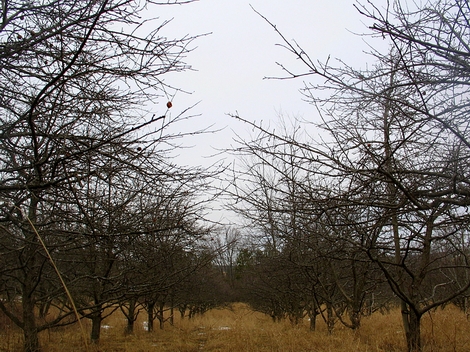
Trees make great long-term food plots because they are low maintenance and can produce a large volume of food with very little input once established. Remember, sunlight is a must for most species of fruit tree and, of course, the correct tree species for your property will depend upon your latitude. Great species for tree plots include:
Apple — Apples can offer a mast which is a crisp and juicy food source. Apple seedlings 4 to 5-feet tall can produce fruit as early as the second year, but make sure to take necessary precautions to protect young apple trees. The Arkansas Black apple is a great apple species for mast production. The mast is small by apple standards, but Arkansas Black apple trees begin dropping fruit around mid- to late November.
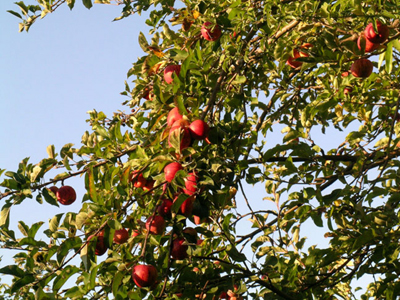
Crabapple — Crabapples produce a great soft mast and serves as a prime food for white-tailed deer. A crabapple tree seedling that is 4 to 5-feet tall can also produce mast within its second year. The two best species of crabapple you can plant are the Transcendent and the Dolgo. The Transcendent is a 2-inch, red-cheeked yellow apple yielding very large crops in early fall. The Dolgo, which produces a 1 and 1/2-inch crimson fruit, also yields healthy crops in early fall.
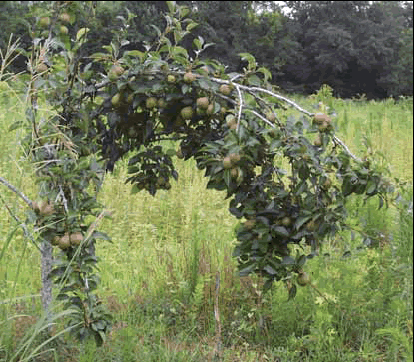
Pear — Pears are a soft mast which white-tailed deer love. A 4 to 5-foot tall seedling can produce fruit as early as 1 to 3-years. Pears begin dropping fruit in early October and can continue into late November. Pears are long-lived and are really among the easiest fruit trees to grow. In addition, pears are adapted to most soils, including those that are poorly drained. In the south, Keifer pears work great.
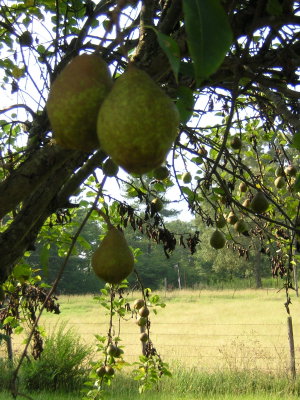
Chinese Chestnut — Chinese chestnuts are loved by deer, wild turkey, and just about every squirrel species. Despite the fact that it takes a 3-foot tall seedling 8 to 10-years to produce, if you are serious about a primo deer food, it’s worth the wait! The nut is a wildlife favorite because of the sweet flavor and huge yields. You will like it because it will help with your property’s forage management.
If you decide to go with the Chinese chestnut, make sure to plant 2 or more of these trees to make sure that they cross-pollinate. Avoid planting these tree species on alkaline soils. If you are not sure what types of soils you have on your property, get a soil test!
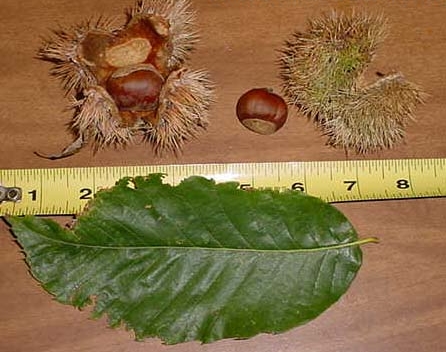
These are the best options for mast trees in the southeast U.S. These species grow well and whitetail love them. Other good mast producing trees for deer include:
- Common Persimmon
- Red Mulberry
- Mayhaw
- Black Cherry
- Elderberry
- Chickasaw Plum
Trees are not the only game in town, however, when it comes to mast. Vines also produce valuable soft mast and browse for deer and other native wildlife. The best mast producing vines include:
- Mustang Grape
- Muscadine Grape
- Summer Grape
- Dewberry
- Blackberry
Planting Mast Trees for Deer
Putting trees in the ground for future mast production is not a short-term deer management goal. However, you can meet your objectives of getting those trees in and growing rather quickly. All in takes is some planning, a little money for supplies and some hard work.
The best mast producing trees for a property will vary by region. It’s also good to look around and take inventory of the trees that you and your neighbors do have. Looks for trees that will perform well on your property but also are not very common in the area. These species make good choices for planting.
